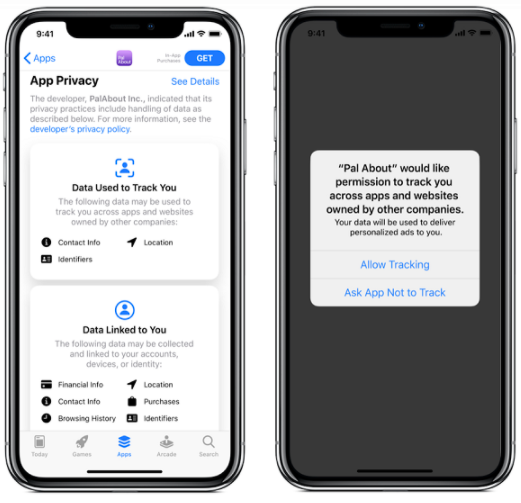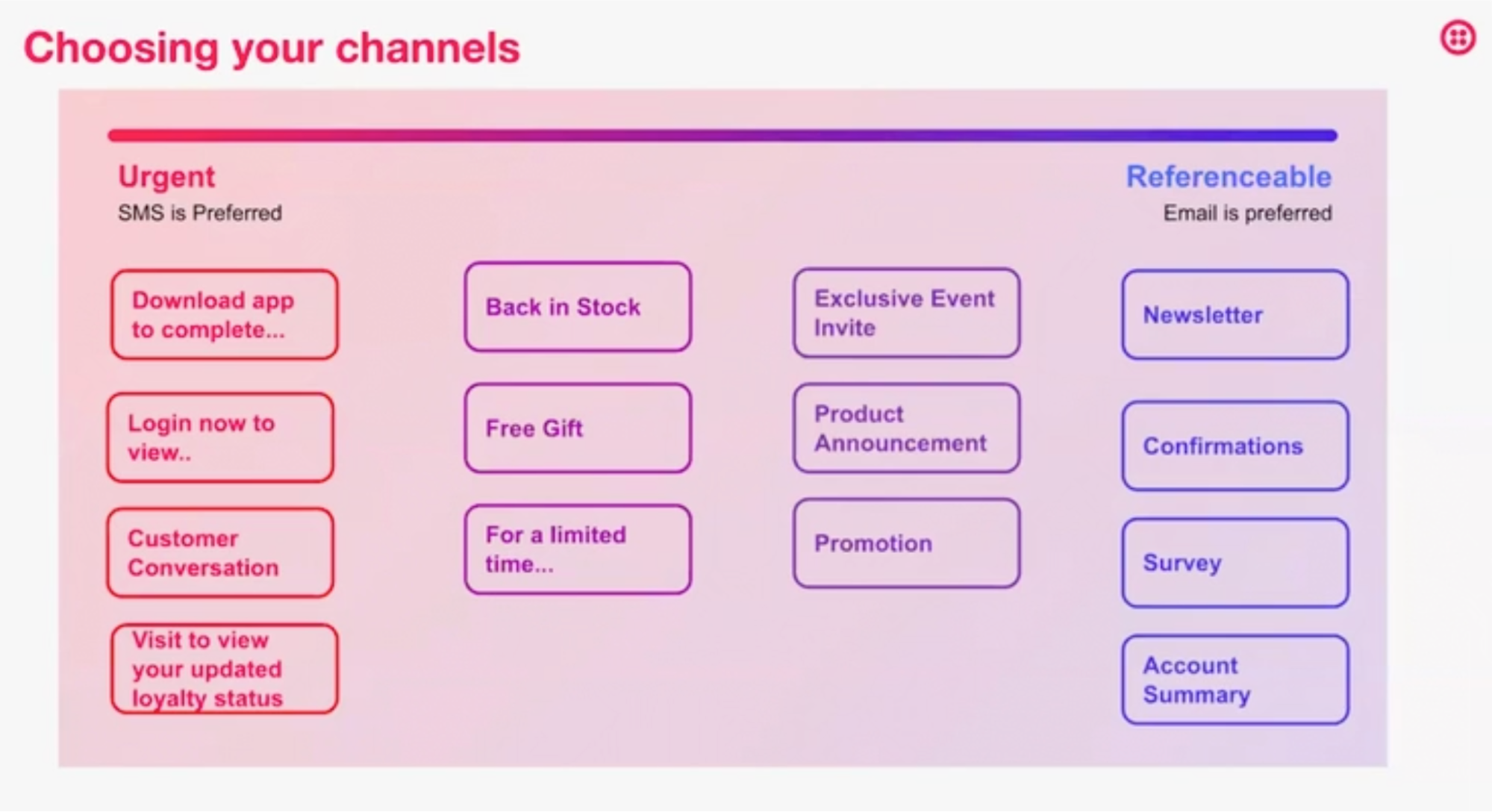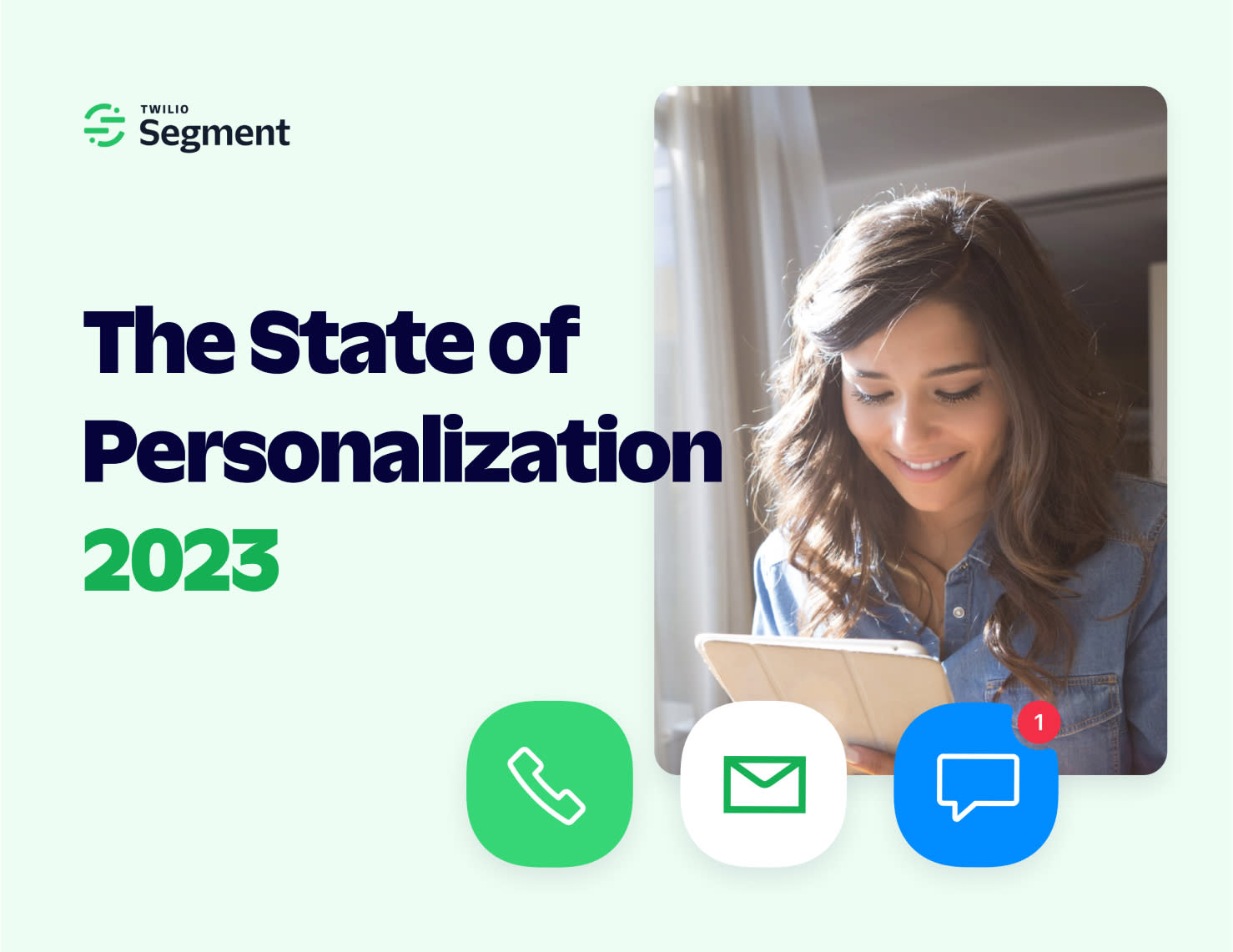Marketing in a post IDFA world: best practices and a brighter future with first-party data
Apple’s IDFA changes revolutionized the way we market. Marketers must adapt to the shifting tides to maintain success. Learn how the updates should impact your marketing and best practices in using first-party data for effective and measurable campaigns.
Jan 13, 2022
By Lisa Zavetz
In 2022, it's impossible to escape digital advertising. Even if you rent a cabin in the woods and go full Thoreau in the Walden-era to escape for a few weeks, your journey to the cabin (which one to rent, where to stay, which suitcase to pack) was likely influenced by advertising. Companies now store so much data on individuals they can anticipate our next purchases at the click of a button.
In response, privacy concerns amongst “netizens” are growing. In a 2019 study, 75% of people felt they distrusted the way data was shared, while 63% of people found connected devices to be “creepy.” Lucky for them, the world is facing a privacy revolution.
Governments are becoming increasingly stringent about the use and misuse of personal data. The GDPR regulation was enacted in 2018 to protect data protection and privacy in the European Union, and the CCPA went into effect in 2020 protecting California residents.
Big companies like Google, Mozilla, and Apple quickly followed suit. In 2018, Google disabled double-click ID in DCM and the next year Mozilla blocked third-party cookies by default. Google Chrome promised that in 2022 it would block all third-party cookies.
This all culminated in 2020 when, with Apple’s iOS 14.5, the default for users would be to opt-in to IDFA. This turned advertising on its head as the previous default was to force users to opt-out if they didn’t want their information tracked.
What is an IDFA?
An IDFA is a unique mobile identifier for advertisers. It helps create a picture of their user, tracking said user through multiple touchpoints. As an IDFA is tied to each user’s unique phone ID, it became a powerful identifier to track mobile attribution, and helped marketers better understand which ads were resonating with users.
On any given day, a user sees ads on multiple platforms. With an IDFA, marketers could determine which ad resulted in an action (declaring it the “winner”). IDFAs help measure the effectiveness of an ad on a per-user basis, sharing from where the user came.
Armed with this knowledge, marketers could then optimize their future digital ads through personalization and retargeting. By identifying data across applications, advertisers target users specifically with what piqued their interest in the app.
What does the updated IDFA imply?
Companies are now required to ask permission to track user data, eliminating device level attribution for mobile applications.

Users must opt-in to IDFA and, unsurprisingly, the rate has been quite low, around 20%.
With added regulations, marketers faced the biggest challenge to advertising since the creation of the internet. Marketers lost their ability to understand the impact of their ad spend. With a lack of data, they can no longer determine which of their efforts is most effective.
However, the exciting news is that marketers have a whole new set of tools to play with.
Best practices to embrace first-party data
To stay competitive while maintaining data privacy, marketers have begun to embrace first- party data.
First-party data is collected by the company itself. Compared to second- and third-party data (which is collected elsewhere and sent or sold to companies), first-party data is considered the “cleanest” information as it is provided by the users themselves, coming right from the source. For a more in-depth look at the differences of data quality, read this blog.
Here are four best practices that will help you engage your customers and prospects by using the data you collected.
Create value for your users. Build incentives (ex. seasonal promotions or exclusive deals on products they love) to encourage users to share their contact information. You may also collect consent by notifying of product launches, restock alerts, or events in their area. Brainstorm and test these ideas to ensure they fit your overall mission. When you discover what drives customers to your brand, you build a one-to-one relationship with them.
Know which channel to use to engage with your users. Not all marketing channels are created equally. Emails can be more affordable than ads, and allow you to send ongoing targeted messages that build brand loyalty. SMS sends timely communication and reaches customers earlier than relying on the impact from ads. Both channels and incentives allow you to build long-term relationships founded on the value you bring customers.
Keep your data clean. Wherever you store your first-party data, ensure it is high quality. Sending to invalid contacts creates a poor reputation with inbox providers and cell phone carriers. It may actually prevent your well-intended messages from being delivered, or worse, might cause your message to end up in the spam folder.
Stay mindful. Give the customers the experience they deserve. You can provide a discount or prize in exchange for both email and cell phone numbers. Be sure to follow up with the promised discount quickly on both channels. Customers might type their information in incorrectly, resulting in sending content to an invalid recipient. Combat that with Twilio’s validation API, which alerts the user of possible typos. We strongly discourage auto-enrollment with a form submission as it leads to higher unsubscribe rates. The best practice is to allow for thoughtful agreement from the customer to check a box requesting their enrollment in marketing communications.

Ways to stay mindful of your customer experience
Providing value to the customer helps build their trust in your organization, and allows for stronger communication down the line.
Collect, segment, and activate your data with Segment and Twilio
Through thoughtful collection of first-party data (using a customer data platform like Segment, of course!), you can understand the user and the signals they are providing. This results in an increased ROAS, higher ROI, and better engagement from your customers.
There are three buckets of data to collect to focus on:
Identification of the user: understand the data you are collecting from your customers. Data like emails and phone numbers help you personalize your messaging and help you understand how they are interacting with your brand across multiple channels. Through this you can understand who the user is behind their keyboard.
User interaction: understand the signals the users are providing, such as emails opened, pages viewed, and applications started. Anything that helps you understand how users interact with your brand is helpful.
Lifecycle data: see what actions the user took while interacting with your brand. Examples include sharing a product, abandoning a cart, starting a trial, or completing an order. This data that allows you to understand the customer more can begin to predict future trends and create a marketing plan.
Now that you have all of this data, segment your users into audiences based on your findings. You can break your customers up by:
Event data
Customer data
Historical data
Event data is based on the actions a customer did or did not take. Users with recently abandoned carts might warrant a promotion on the specific item, while users with no recent data might be at risk of leaving the brand entirely. Once a customer makes a purchase, you will want to prevent them from being retargeted with the same messaging within your campaigns.
Customer data is more personalized, based on the particular user. Sort users by their favorite product category, their most commonly purchased brand, or their last product purchased. Using geolocation to target users within a certain region can be a powerful marketing tool.
Historical data is accessible with your first-party data and it sheds insight into how your customers interact with your brand over time. Determine your high lifetime value users and those with recent high activity. You might notice you have late night action takers and question why they are interacting with your brand so late.
By taking the time to understand how your customers want to interact with your brand, you will reach customers on their preferred channel and continuously drive value. Once you can measure data, begin to iterate off of ideas to see what resonates with your audience.
Bringing it all together
There are many channels available to marketers in the later stages of a customer journey. Tools like SMS, email, push, and in-app messages target your users at later stages.
Since all this data is owned by your organization, you can track the effectiveness of your own marketing campaigns. You will begin to learn what is right for your users.
Consumers engage with different types of marketing in different ways. Ads are traditionally more difficult to track because you can not tell who you are targeting or if the consumer has even heard of your brand before. Sending SMS will be a more controlled marketing effort. SMS texts have a 45% response rate, and are much more personal than ads. 90% of SMS messages are opened within the first 3 minutes of a customer receiving one.
Marketing is not “one size fits all.” To determine which channels to use to reach users, consider this urgency framework:

With this framework, you can personalize your message by using historical and event data in a targeted way that optimizes ROI. Our customer Vacasa did an excellent job iterating off of data to provide a seamless customer experience. You can replay their story on a webinar by clicking here.
To wrap it all up
Ads aren’t going anywhere. To combat the rising cost of acquisition for ad content, iterate and measure marketing campaign performance in your own space before spending money on external ads.
Thanks to iOS 14.5 and privacy enforcements, marketers are forced to look within. Provide value to your users before asking them to opt in to communication. Once they submit their data, work on building a customer-brand relationship. Understanding your own channels results in improved, more cost-effective advertising.
By using your first-party data to reach your customers, you build trust. And any future developments in data privacy will not be easier to overcome.
The State of Personalization 2023
Our annual look at how attitudes, preferences, and experiences with personalization have evolved over the past year.
Get the report
The State of Personalization 2023
Our annual look at how attitudes, preferences, and experiences with personalization have evolved over the past year.
Get the report
Share article
Recommended articles
How to accelerate time-to-value with a personalized customer onboarding campaign
To help businesses reach time-to-value faster, this blog explores how tools like Twilio Segment can be used to customize onboarding to activate users immediately, optimize engagement with real-time audiences, and utilize NPS for deeper customer insights.
Introducing Segment Community: A central hub to connect, learn, share and innovate
Dive into Segment's vibrant customer community, where you can connect with peers, gain exclusive insights, and elevate your success with expert guidance and resources!
Using ClickHouse to count unique users at scale
By implementing semantic sharding and optimizing filtering and grouping with ClickHouse, we transformed query times from minutes to seconds, ensuring efficient handling of high-volume journeys in production while paving the way for future enhancements.